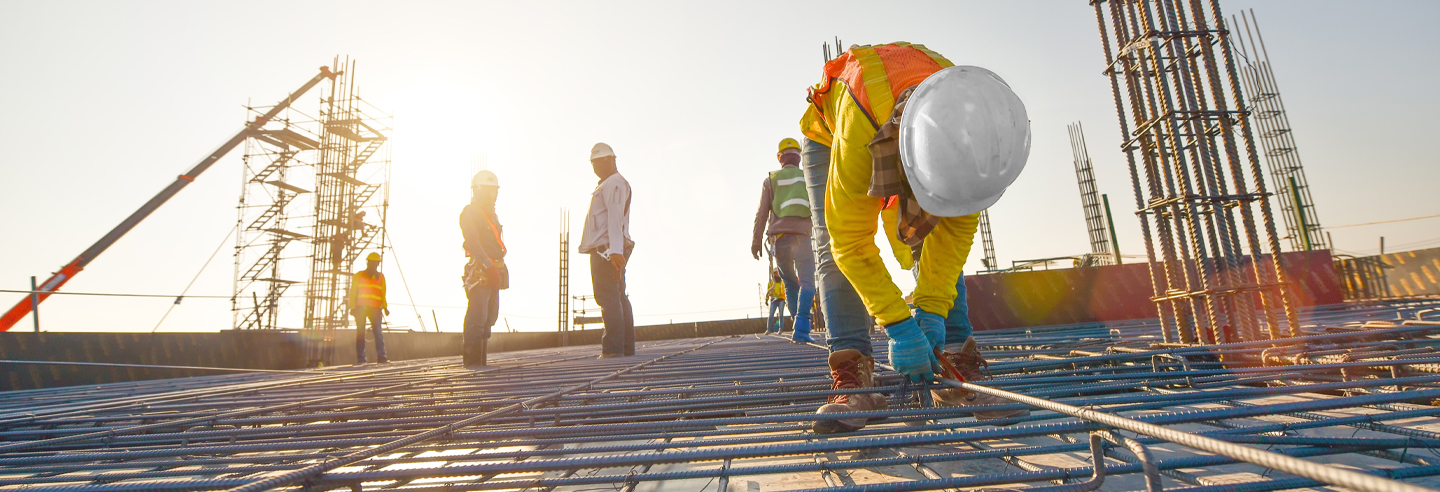
As much as structural engineers contribute to the structure and development of the built environment, they primarily involve themselves in developing, constructing, and maintaining structures. This profession ensures that all forms of construction, such as buildings, bridges, tunnels, and other construction materials, are safe for use and eco-friendly. This subdivision of civil engineering focuses on the basic principles of physics, especially mechanics and mathematical methodologies, as well as material science to determine structures that can effectively support pre-set forces and pressures.
In the design and analysis processes, the following roles are assigned to the classes:
Evaluate structural safety
A structural engineer’s primary responsibility is ensuring that the structures being constructed are optimal and safe. It includes interpreting and evaluating loads, stresses, and different forces the structure will likely withstand in its entire life cycle. Civil engineers analyze structures’ ability to support themselves and the loads carried stability and stiffness required for various structures for normal working conditions or boisterous and volatile conditions like during an earthquake or storm. They work hand in hand with architects to ensure that building and structural construction designs are practical. From conceptual to structural models, they have software that can enable them to design, test and redesign the possible structural design for the building.
Material Selection and Specification
Another prime duty of a structural engineer, Cheltenham, is choosing the appropriate material to be used in constructing the structure. They must comprehend the nature and characteristics of steel, concrete, wood and composite materials to identify the most appropriate ones for a specific project. Some elements considered in the selection process include cost, longevity, and reliability of the natural resources. Structural engineers also determine the grades, types, and quantities Needed to meet specific codes and standards. They decide on what we use to build structures, the environmental capacity we apply in the process, and the total cost of the venture.
Collaboration and Project Management
Most structural engineers are members of a team of architects, civil engineers, contractors and project managers. In this working environment, their role is to offer technical support while the structural features of a project embody other designs.
They also facilitate time, money, and other factors related to the structural aspects of a project. Ideally, communication and coordination are important since the structural engineers need to convey and ensure that all the stakeholders are aware of the structural aspects and any difficulties that may occur.
Inspection and Compliance
In addition to designing and developing structures, a structural engineer, Cornwall, is responsible for assessing structures to determine whether they conform to the standard set by law. This involves new buildings and structures as well as old ones, where they test the structure’s structural stability over time. They go on-site to oversee the construction processes, examine the work and the procedures used in constructing it, and conduct tests to confirm that the work adheres to the set standards. Structural engineers are also responsible for evaluating the extent of the damages and advising on how to repair this loss that has been occasioned by natural forces or an accident.
Final Thoughts
Structural engineering is a specialized field that requires professional structural engineers to bring desired projects into existence in a safe and utilitarian manner. They are specifically skilled in design, choice of materials, project planning and execution, and all the legal requirements that make structures and other amenities erected safe and long-lasting. As much as we continue to ask for more from our built environment, structural engineers will always be on call to help solve construction’s sustainability, resiliency, and creativity issues.

